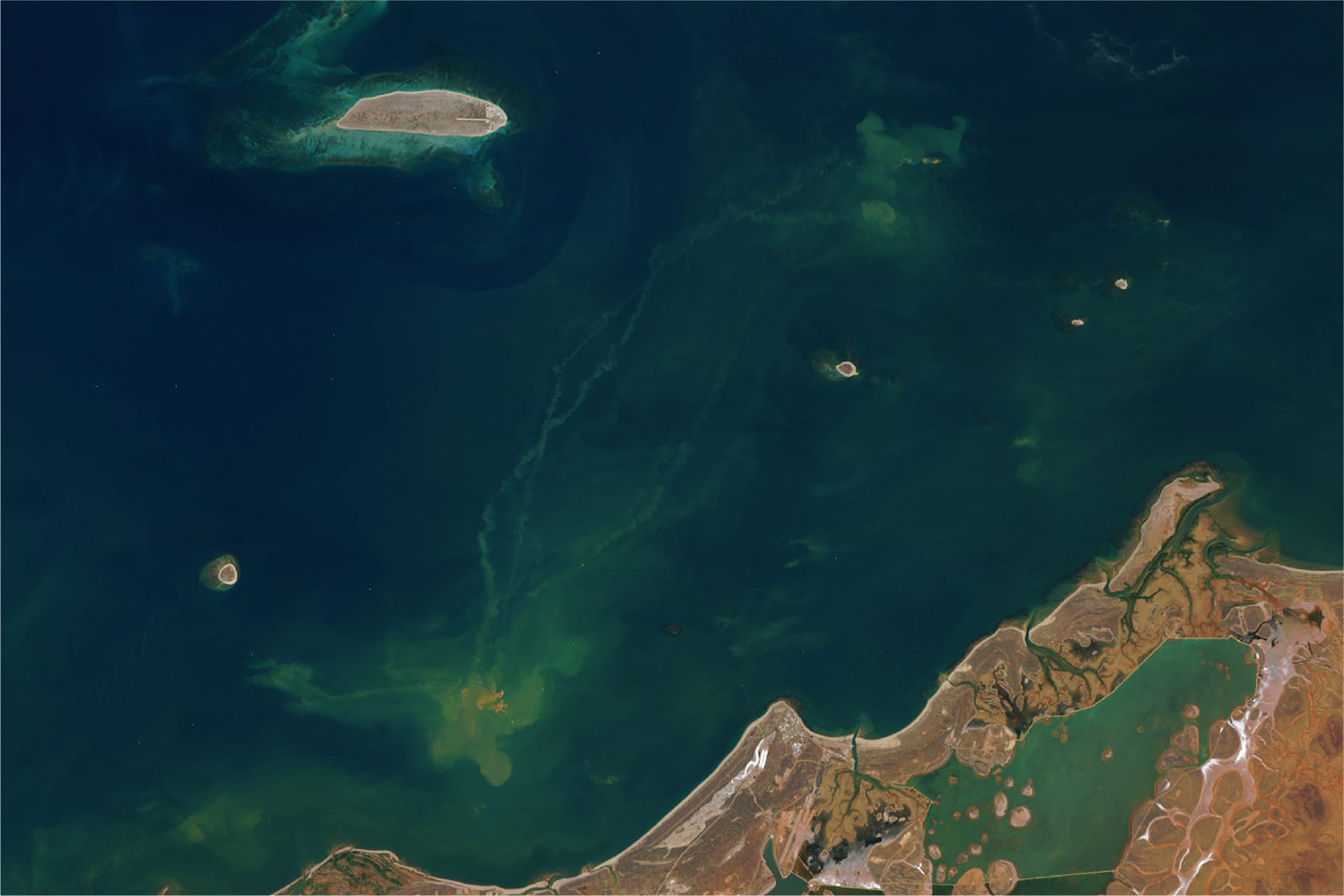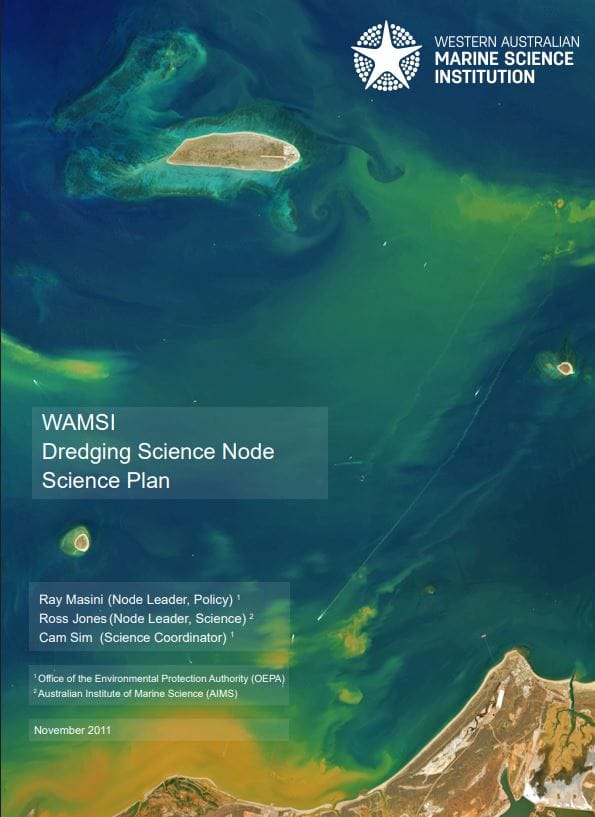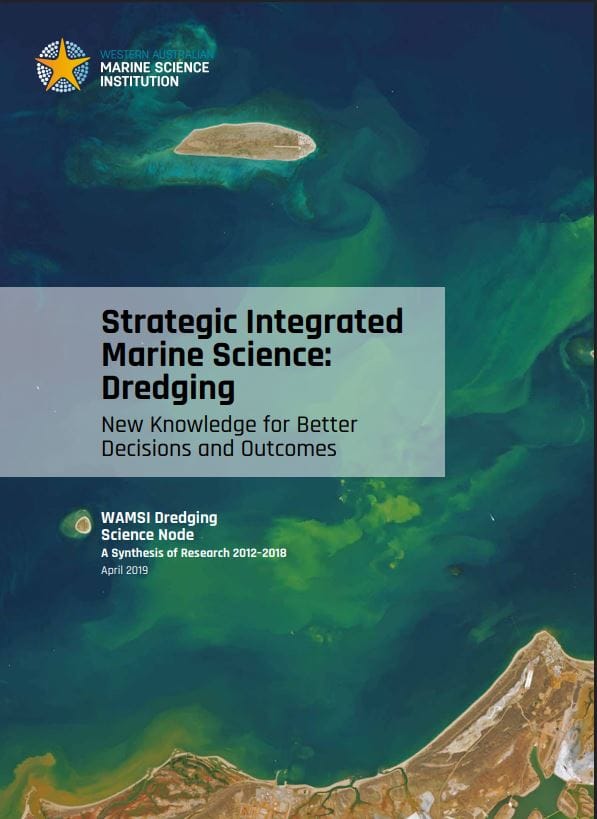The $19 million Western Australian Marine Science Institution (WAMSI) Dredging Science Node has delivered one of the largest single issue environmental research programs in Australia. This world-class research will vastly improve the planning and regulation of major dredging operations in Western Australia, nationally and internationally.
Perhaps no other environmental issue has been subject to more public debate and controversy in WA over the past decade than the potential impacts on our sensitive marine environment of dredging associated with construction and expansion projects in the mining, energy and port sectors.
The WAMSI project has been a remarkable collaboration between industry, government and research resulting in the unprecedented sharing of hundreds of millions of dollars’ worth of environmental monitoring data collected during four large-scale dredging projects (Pluto, Cape Lambert, Gorgon and Wheatstone) and provided by Chevron, Woodside and Rio Tinto Iron Ore.
Using in-depth analysis and applied science the project has delivered outputs that will be directly applied to improve the social, environmental and financial outcomes of major marine dredging activities, most notably in the form of improved Environmental Impact Assessment guidelines.
The outcomes are already finding valuable applications in the assessment of current marine dredging proposals in Western Australia and elsewhere, leading to greater confidence for government and industry and delivering practical and real ways to better protect and manage our marine environment.
The WAMSI Dredging Science Node has been made possible through $9.5 million invested by Woodside, Chevron and BHP as environmental offsets and a further $9.5 million co-invested by the WAMSI Joint Venture partners.







